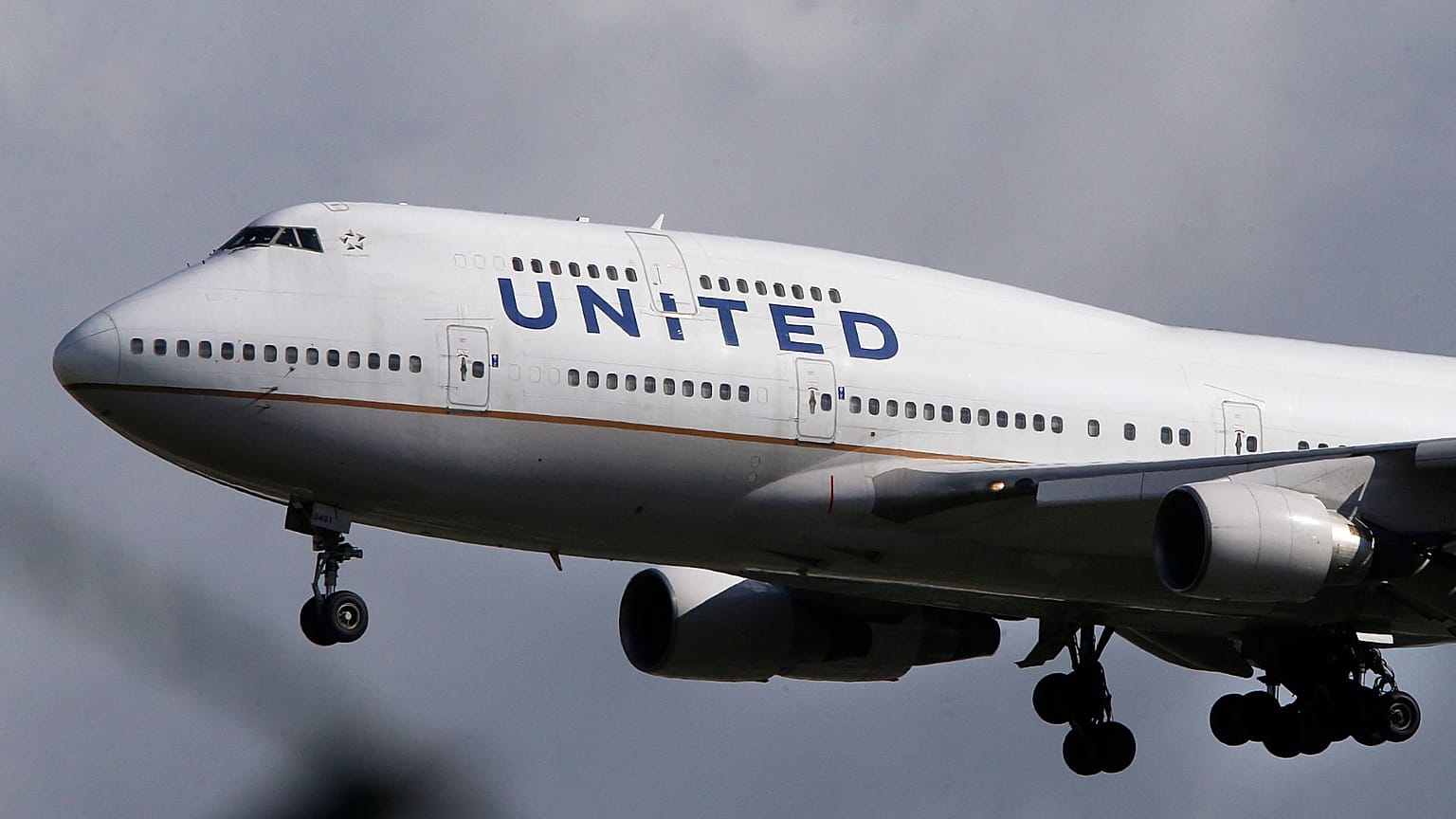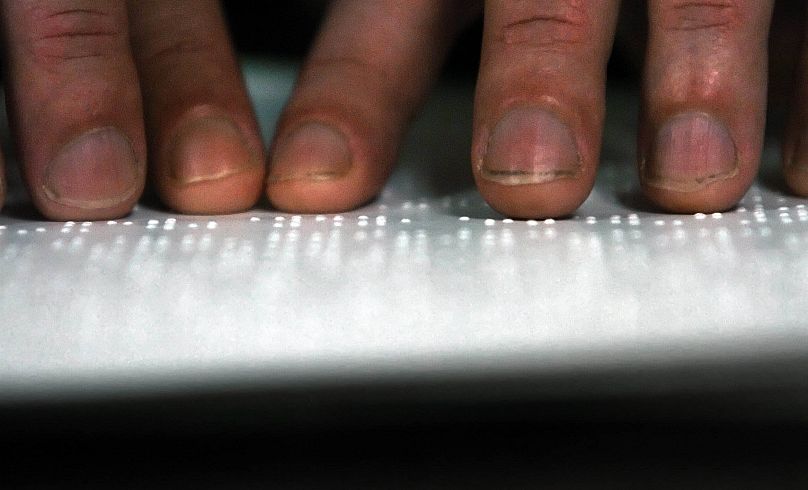United Airlines expands their accessibility offerings for visually impaired travellers.
United Airlines has become the first US airline to feature braille in aircraft cabin interiors.
A dozen aircraft have been fitted out with braille markings for seat rows and numbers, as well as inside and outside the toilets. It’s the beginning of a plan to roll out braille in every plane in its fleet by 2026.
The move is designed to make travel more accessible for those with disabilities. According to the US Department of Transportation, in 2019, around 27 million people with disabilities travelled by air.
Linda Jojo, Executive Vice President andChief Customer Officer for United articulated, “By adding more tactile signage throughout our interiors, we’re making the flying experience more inclusive and accessible, and that’s good for everyone.”
The latest in a fleet of accessible upgrades
For United, featuring braille inside the cabins is just the latest in a series of initiatives within their inclusivity plan, something which won’t surprise the company’s workers.
For the eighth consecutive year, United was voted Best Place to Work for Disability Inclusion and earned a top score on the Disability Equality Index benchmarking tool.
The United Airlines booking app was recently updated to make it more accessible to those with visual disabilities. Adjustments included adding more space around graphics, increasing the colour contrast and increased compatibility with screen reader technologies. Their in-flight entertainment already features an array of visually enhancing attributes, such as audio-described movies and closed captioning.
What challenges do visually impaired travellers face?
According to a 2019 European survey by EBU, visually impaired customers have to tackle multiple issues at every step of the flying process.
The survey found that most booking websites and mobile apps are not tailored for visually impaired people. This makes finding and booking flights tricky, as well as highlighting the fact they have a disability and will require assistance at the airport and onboard.
It also found that help desks within airports are often difficult to locate autonomously and are frequently understaffed. Additionally, visually impaired passengers are often required to be escorted via wheelchair whether their disability is mobile related or not.
While many major airlines have disability policies in place, designed to make the flying process more seamless for the impaired traveller, it appears there are still some discrepancies between the stated offerings and the experiences themselves.
Disabled travellers should take a look at these tips for travelling with a disability, to help plan their trip before they fly.



















